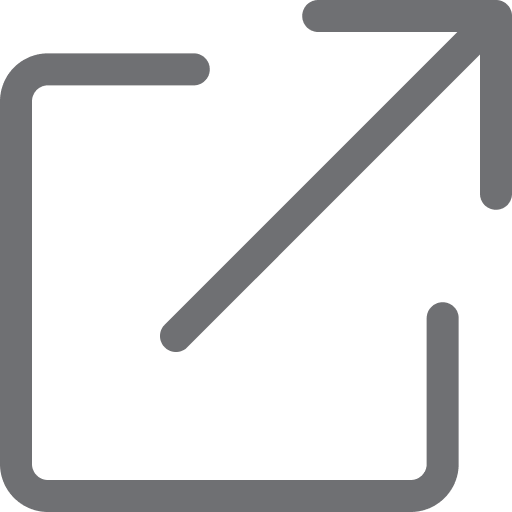Have you ever wondered how mortgage pricing works? A mortgage broker or banker quotes you a mortgage rate, but do you understand how they arrived at that rate for you? There’s a method to their madness. Let’s break it down and remove some of the confusion around how mortgage pricing works.
Insured vs. Insurable vs. Uninsurable
How much you’ll pay on a mortgage depends on whether it’s an insured, insurable or uninsurable mortgage.
An insured mortgage is one where you’re required to pay mortgage default insurance premiums. This is most often when you’re putting down less than 20% on a property. Because of this, the mortgage is fully guaranteed for the lender by the mortgage insurer (CHMC, Genworth or Canada Guaranty). As such, insured mortgages tend to come with the lowest mortgage rate (although that’s offset by the mortgage default insurance you’ll pay).
An insurable mortgage, commonly referred to as a conventional mortgage, is a mortgage where you’re putting down 20 % or more. The mortgage insurers still guarantee the mortgage, however, the lender pays for the mortgage default insurance premiums instead of the borrower. Because of this, insurable mortgages tend to have slightly higher rates than insured mortgages.
The third type of mortgages is uninsurable. Uninsurable mortgages are mortgage types that are ineligible to be guaranteed and includes purchases over $1 million, 30-year amortizations and refinances. Because of this, uninsurable mortgages tend to come with the highest mortgage rate of the three types.
Property Type
There are three main property types: owner-occupied, second homes and rental properties. Owner-occupied is your principal residence, whereas a second home is a home you plan to occupy in addition to your principal residence and rental property is a standalone property that you intend to lease to tenants who pay rent in exchange for occupying the property.
Generally speaking, owner-occupied properties come with the lowest mortgage rate. Some lenders offer mortgages on second homes, often at the same mortgage rate as owner-occupied properties. Meanwhile, rental properties tend to come with the highest mortgage rate.
The reason for this is simple. If you were to run into financial difficulty and you owned your primary residence and a rental property, which property do you think you would prioritize paying the mortgage? Since most people would prefer to keep a roof over their heads, rental properties carry slightly more risk for lenders, hence the higher mortgage rate you’ll pay on them.
Credit Score
You might have the income and down payment, but if your credit score isn’t high enough, you might now qualify for certain mortgage products.
In that case, if you can’t find someone who’s willing to co-sign on the mortgage, you might need to seek out mortgage financing with an alternative lender who likely has a higher mortgage rate.
To get personalized tips on how to improve your credit score sign up or log in.
Loan-to-Value
Loan-to-Value is a term often used by mortgage brokers and bankers. It’s used to express the percentage of the mortgage to the value of the home. For example, if you bought a home for $500,000 with a $100,000 down payment, that would leave you with a $400,000 mortgage. In that case the Loan-to-Value would be 80 percent ($400,000 mortgage / $500,000 purchase price = 80% Loan-to-Value).
Mortgages with a Loan-to-Value above 80% (insured mortgages) and those with a Loan-to-Value below 65% tend to come with the best mortgage rates.
Other Factors
Other factors that influence the pricing of mortgages include:
Whether the mortgage is fixed or variable.
Whether it’s a purchase, transfer/switch or refinance.
The length of the mortgage term (typically between one and five years).
The Bottom Line
Buying a home is a big and exciting financial decision, if you are looking to learn more, you can learn more with our Borrowing 101- Introduction to Mortgages or check out our mortgage coach for personalized recommendations. Regardless of the mortgage that best suits your needs, make sure you keep an eye on your credit health and stay in control of your finances.
About the Author
Sean Cooper is the bestselling author of the book, Burn Your Mortgage: The Simple, Powerful Path to Financial Freedom for Canadians. He bought his first house when he was only 27 in Toronto and paid off his mortgage in just 3 years by age 30. An in-demand Personal Finance Journalist, Money Coach and Speaker, his articles and blogs have been featured in publications such as the Toronto Star, Globe and Mail, Financial Post and MoneySense. Connect with Sean on LinkedIn, Twitter, Facebook and Instagram.

Sean Cooper is the bestselling author of the book, Burn Your Mortgage. He bought his first house when he was only 27 in Toronto and paid off his mortgage in just 3 years by age 30. An in-demand Personal Finance Journalist, Money Coach and Speaker, his articles and blogs have been featured in publications such as the Toronto Star, Globe and Mail, Financial Post and MoneySense.




